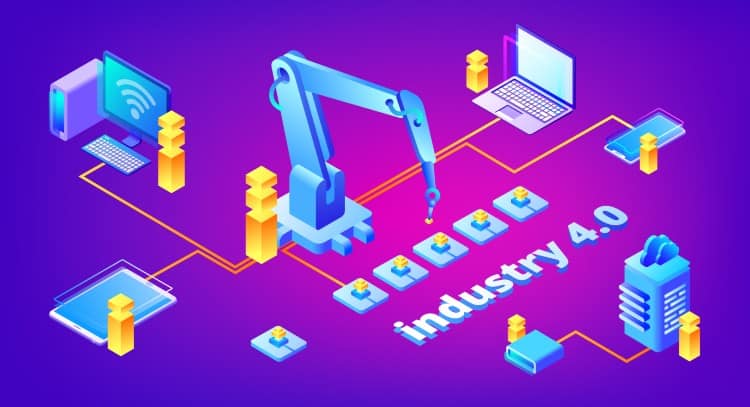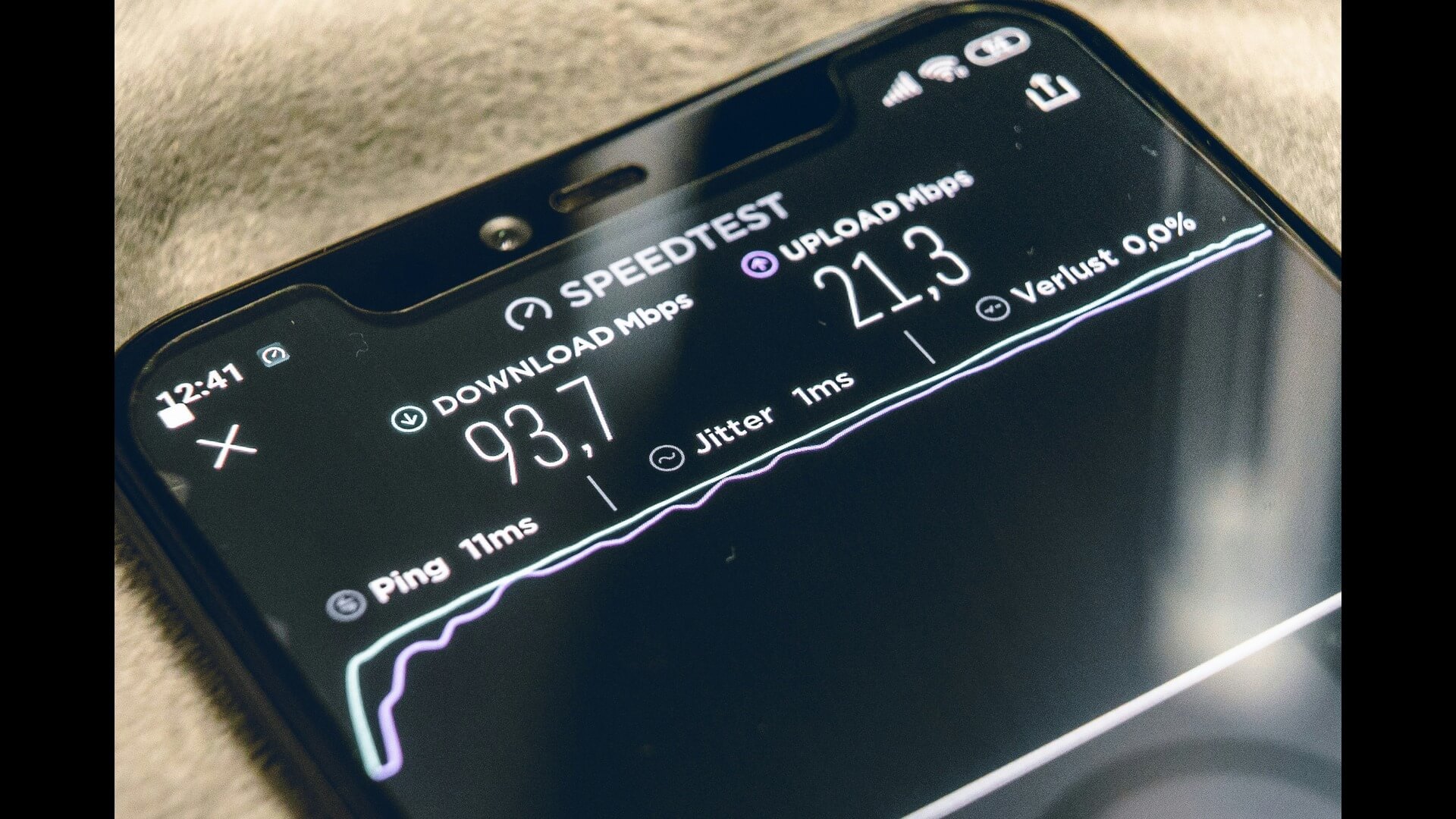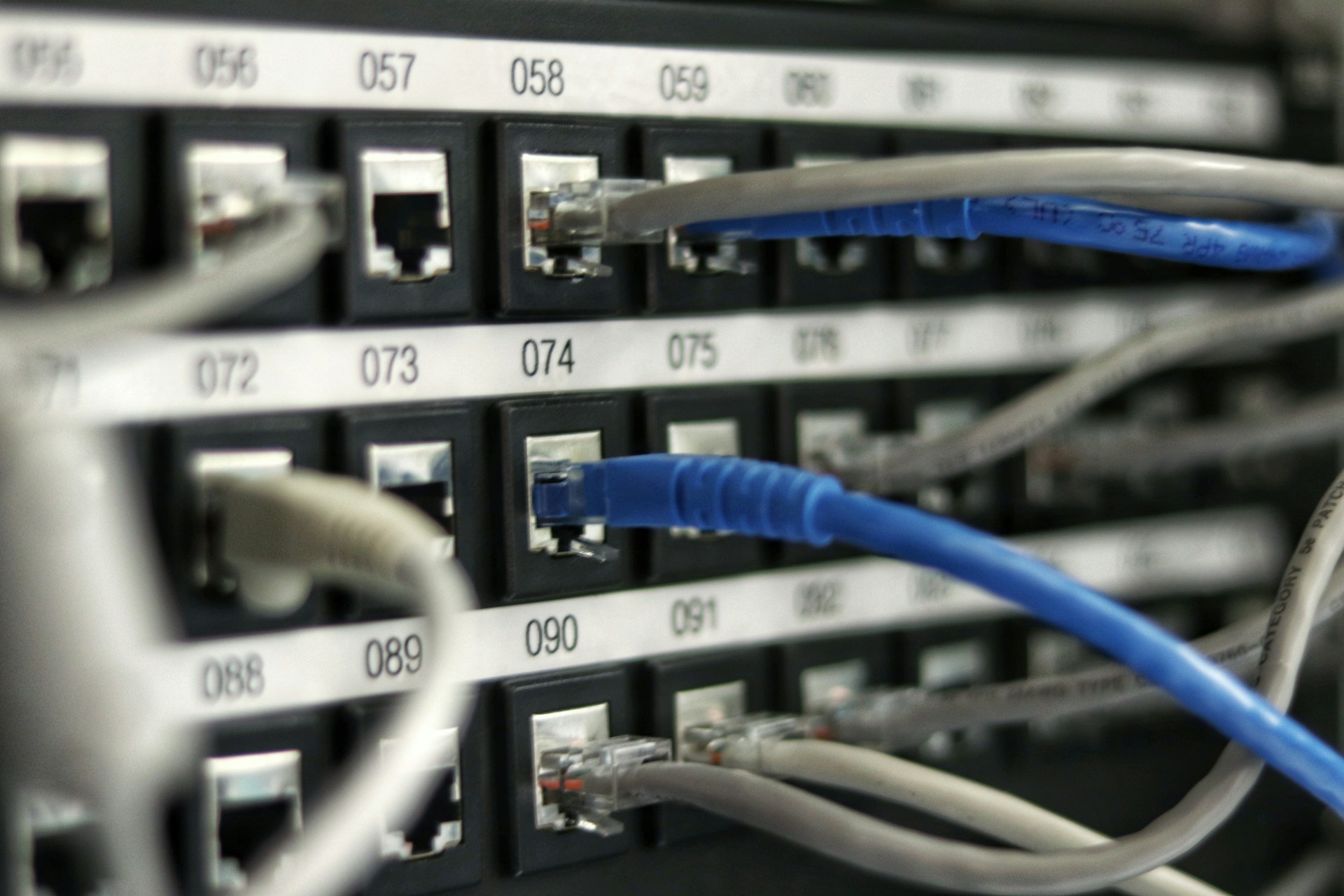
How to Overcome Challenges in IoT Testing
January 28, 2020 - Emily Newton
Revolutionized is reader-supported. When you buy through links on our site, we may earn an affiliate commission. Learn more here.
The Internet of Things is finally rolling out to many manufacturing operations. Data and operational security are of the utmost importance. Organizations must also consider power and reliability requirements — including the need to sustain an active connection. You don’t want a mission-critical machine out of operation because IoT sensors can’t connect to the local network. Usability is another significant concern. What kind of training and support will employees need to work with new technologies? Will specialists be necessary? IoT testing is especially important to make sure implementation goes smoothly.
Collectively, all of these challenges mean that implementing new IIoT sensors and devices on the plant floor is more complicated than merely powering them on. A lot goes into the rollout and adoption of new solutions, especially when it comes to testing potential applications.
Why Do IoT Devices Need Testing?
Before manufacturers introduce new technology, they must test it for a variety of reasons. The same is true of IoT, especially as it replaces and augments existing operations.
Today’s market emphasizes speed and accuracy, as people want better and faster services. IoT can make that happen thanks to the data it creates, reports and shares. This information allows companies — and decision-makers — greater insight over their operations, including better controls, faster response times and a degree of foresight. Predictive analytics, for example, can proactively respond by doing things like preventive maintenance, preparing for market demand and more.
Before any of this can go into motion, organizations must test the devices rigorously. Companies should only implement them on the plant floor if and when they have proven success in testing environments. Most IoT manufacturers will conduct a series of physical tests on devices well before they release them to the market. This process tests a variety of properties, including conductivity, environmental resistance and mechanical or structural elements. This physical testing generally remains separate from what industrial organizations and manufacturers must do before deploying the technology.
IIoT adopters must trial and measure the performance, reliability and impact of the technology within internal environments, using common forms of testing, such as the following.
- Performance testing: Under heavy load, does the technology hold up? Will it fail or thrive in industrial settings?
- Security: Does data get encrypted or protected before transmission? Do unauthorized parties have access to the system and controls?
- Reliability testing: Are the sensors, reporting tools and wireless tech dependable in a factory setting? What events can cause disruptions?
- Scaling opportunities: How will the organization’s growth or downsizing affect the technology? Will new devices need to come on board? Will the current configuration still work?
- Data integrity: Just because IoT devices collect a massive amount of data doesn’t mean it’s correct. Verifying data integrity in testing is critical to operational excellence.
- Usability testing: Because there are numerous devices and applications, it’s essential to understand and test system usability. How easy is it to learn and navigate the technology?
- Compatibility testing: The collection of devices must be compatible with core systems and hardware, as well as other IoT devices in the plant. Taking this step before syncing the entire operation is vital.
Common Challenges of IoT Testing
Just as there are several testing methods, there are also numerous challenges organizations and IT teams encounter during the vetting process.
Security
One of the most significant security challenges of IIoT testing is that you must test not just the devices, but also the network and internal communication system. While the individual devices may be secure using reliable encryption measures, it won’t matter if the network is vulnerable. It’s the collective security of the entire system that keeps data and controls safe.
Integration
In many factories, older, legacy machines remain part of regular operations. While these devices work well, they’re also costly to replace. In many cases, IoT devices must apply to legacy hardware alongside new technologies. Creating a seamless, well-oiled environment is challenging when you have to work around old equipment.
Connectivity
Wired connectivity is far superior to wireless because it offers improved reliability and faster network speeds. Unfortunately, it’s not always possible to use a wired network, especially with IoT devices. Organizations must restructure existing systems and revisit infrastructure to cope with wireless demands.
Financing
When you’re talking about one or two devices at a time, the buy-in isn’t too bad. When you’re talking about hundreds, maybe even thousands of devices, however, the costs can be incredible. Through testing, it’s possible to discern and quantify the benefits-to-risk ratio, particularly as it pertains to expenses.
Training
While a vendor or partner may be responsible for installing IoT technologies that power the plant, someone has to operate and maintain them after. Testing will help determine how much training the average employee will need and whether the investment translates to operational improvements.
Fragmentation
With modern technology, fragmentation is a significant concern in industrial settings. You can find dozens of devices and solutions, each part of a separate ecosystem. Is it possible to roll out a seamless system comprised of many different brands, vendors and solutions? What must organizations do to align software vendors, telecommunications firms and internal network providers?
Solutions for IoT Testing Challenges
Organizations will not find one comprehensive solution for dealing with the above challenges, though it’s something every IoT adopter must face. However, some practices can make the entire process easier.
Network Virtualization
Although it’s not a cure-all, network virtualization can help synchronize, configure and maintain the local infrastructure for these devices, especially during IoT testing. It essentially creates a “network in a box” to simplify administrative tasks. It offers cost savings — in terms of fewer hardware and energy requirements — and general recoverability improvements.
By creating a dynamic, virtual network in a cloud environment to support IoT devices, it unifies all systems and facilitates the sharing of resources. In turn, that allows for the creation of many diverse, yet widespread, applications on top of the virtualization layer. In other words, it affords more direct administrative controls over the entire operation, including across separate or fragmented IoT solutions.
Edge Computing
Edge computing can alleviate some of the compatibility, reliability and connectivity issues that tend to plague IoT ecosystems. The point is to reduce how much data gets sent to the cloud, allowing only the most critical content past. As a result, it generates a system of faster data transfer times, real-time analysis and quicker response times.
Rather than sending the bulk of collected data to the cloud, it gets processed by a central system closer to the source — which would mean developing a small data center on company property. It’s more reliable, especially in the wake of external connection or network issues, as the work gets done closer to the devices and they’re not waiting for remote commands or processes to return. Provided internal security is well-established, it also affords fewer risks, as much of the data remains in-house.
IoT Gateway Clustering
For business and industrial applications, IoT gateways can connect infrastructure — new and old — creating a more scalable and compatible solution. Deploying clusters of these gateways can improve the integration of IT systems, including ERP, CRM, OT, MES and SCADA.
As opposed to the concept of “meshing,” where all devices are interconnected and communicating with each other, clustering syncs up devices to a hub and separates the entire network into regions, usually by geography. It does mean that clusters have a single point of failure, but when something goes wrong, you can promptly identify where and what’s happening, because you have connected a smaller group of devices to that hub. It also means that your entire network doesn’t go down, and all other clusters remain operational.
Data Encryption
Locking down the internal network and infrastructure is step one. Beyond that, you should encrypt all data, whether it’s in transit or at rest. Encryption technologies keep data and sensitive information locked behind another form of virtual script, accessible only with the appropriate key. The stronger the encryption method, the harder it is to break. Common practice should always be to prioritize all forms of encryption for digital content, and nothing less.
Most industrial technologies can incorporate trusted perception module, trusted terminal module and trusted network module practices to bolster security. Organizations should apply other measures as well, including secure web gateways, application delivery controllers, web application firewalls, real-time traffic monitoring and more.
With Abundant Complexities, IoT Testing Is Necessary
Ultimately, IIoT applications are more complicated than their consumer-grade counterparts, and rightfully so. These systems encompass an entire infrastructure that’s integral to the success of an organization. It makes sense why testing technologies and applications for viability, before a widespread rollout, is crucial.
Testing is no small feat either, especially when you’re talking about hundreds — possibly even thousands — of devices. Luckily, an understanding of the common challenges can make the process easier, even more so with the above solutions.
Featured Image Source: Business vector created by vectorpouch – www.freepik.com
Revolutionized is reader-supported. When you buy through links on our site, we may earn an affiliate commission. Learn more here.
Author
Emily Newton
Emily Newton is a technology and industrial journalist and the Editor in Chief of Revolutionized. She manages the sites publishing schedule, SEO optimization and content strategy. Emily enjoys writing and researching articles about how technology is changing every industry. When she isn't working, Emily enjoys playing video games or curling up with a good book.







